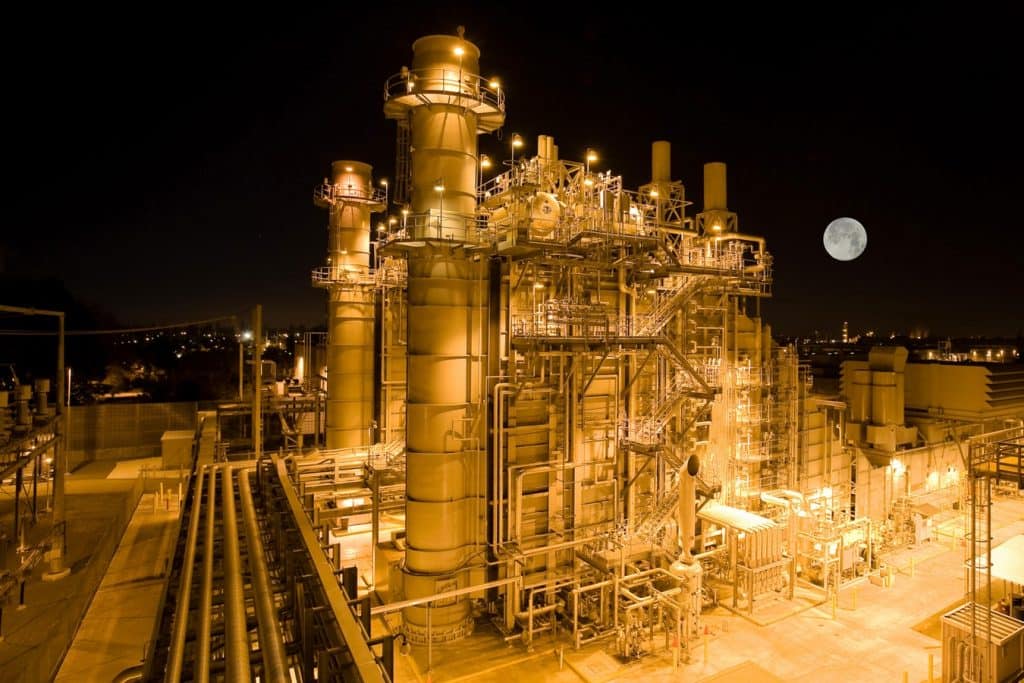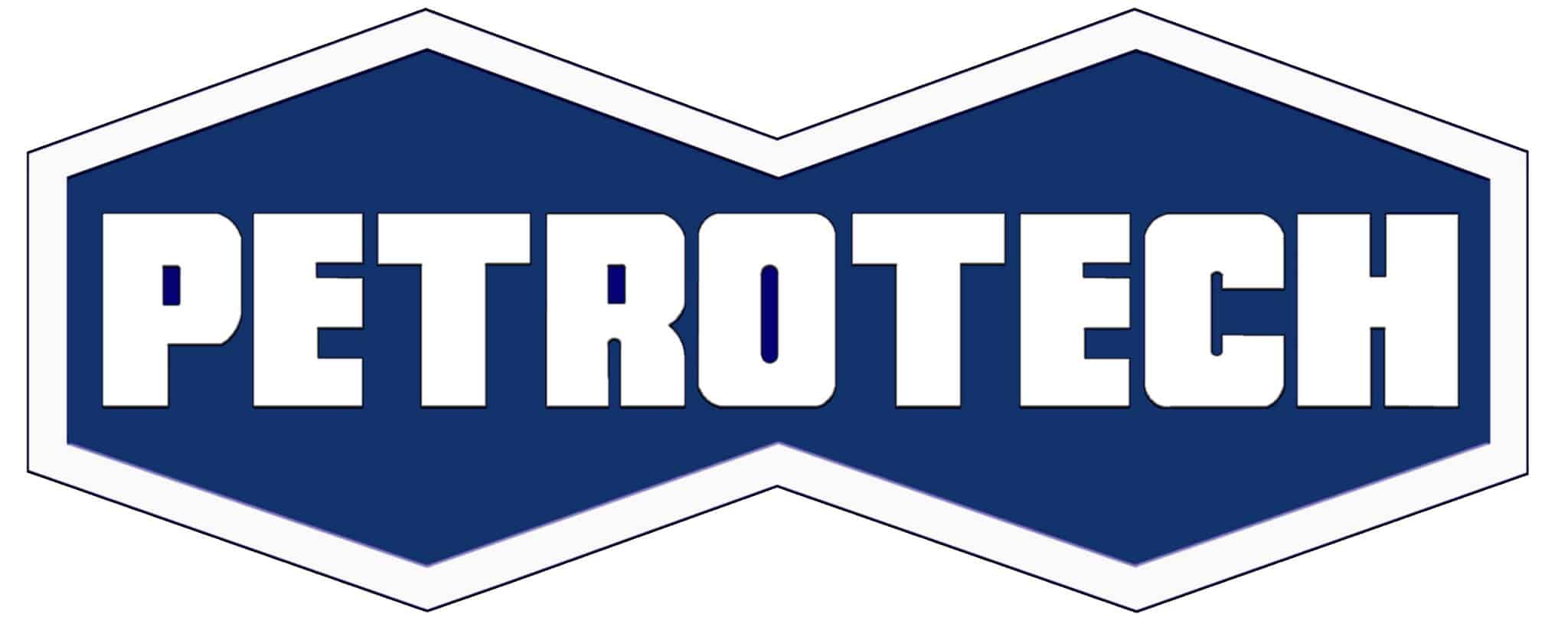
Some of the Most Common Elements Among Highly Efficient Turbomachinery
With a perpetually increasing population putting a higher global demand on the oil and gas industries, power production companies are faced with the challenge of increasing production while minimizing waste. Throw into the mix volatile market prices and constantly changing regulations, and it can seem like an uphill battle for plant managers to create an efficient production model. However, there are some key ways that stakeholders can get the most of their gas or steam turbines so that they can deliver sufficient production levels at a lower cost.
Gas and Steam Turbines: Which Is More Efficient?
While both types of turbines have their advantages, typically, steam turbines are more efficient models than their gas alternative. This is mainly due to steam turbines being able to produce more energy output while costing less in maintenance and equipment fees. Steam turbines rely on a stable source of external heat, and in doing so, their kinetic energy transference is able to maintain a consistent heat source, albeit losing some heat and energy in the process. One downside to steam turbines is the excessive amount of time they take to reach operating levels.
Gas turbines, however, rely on a combustion of gases that can have fluctuations in temperatures. A gas turbine uses a high energy fuel that is burned in the combustion chamber with compressed air (and because of that compression, that air gets very hot). As such, inefficiencies in other aspects can be found—specialty turbine blades that need to withstand the high temperatures and exhaust heat boilers required for the exhaust heat. However, by transferring this hot exhaust gas from a gas turbine to a steam turbine, many power production plants are finding even more efficiency through a combined-cycle system.
Combined-cycle Power Plants Are Showing Very Efficient Numbers
According to a report by the U.S. Energy Information Administration, the average gas-fired combined-cycle plant operated for the equivalent of 4,932 hours at full power in 2015, up from 4,489 hours in 2012, an increase of almost 10 percent. For comparison, the average coal unit operation dropped to the equivalent of 4,783 hours from 4,981 hours over the same period.
As the name implies, a combined-cycle power production plant uses both gas and steam turbines to drive generation sets. A combined-cycle power plant produces its main source of energy from a generator connected to a gas turbine. But, it also takes the excess hot exhaust gases from a gas turbine, purifies and uses that exhaust to produce steam, and then uses that steam in a steam turbine connected to a generator to produce even more energy. There have already been some remarkable results so far.
Records Set at a GE Combined-cycle Plant
In 2016, GE manufactured a combined-cycle power plant in France with an efficiency of 62.22 percent. It was so efficient that it made it into the Guinness Book of World Records. According to GE, “The airflow through the 605-MW Bouchain plant’s HA compressor could fill the Goodyear blimp in 10 seconds. The tip of the last blade in the 9HA.01 is said to move at 1,200 miles per hour—one and a half times the speed of sound.” And, because the model is rooted in a gas turbine, the plant can respond to energy demands very quickly, being capable of reaching full power in less than 30 minutes, a valuable benefit to have when extreme weather or unexpected events require on-demand power.
One of the significant benefits of combined-cycle power plants is their ability to reduce emissions by harnessing the exhaust gas from a gas turbine and utilizing it. In GE’s combined plant, they replaced a coal plant that was previously on site. They were able to reduce site CO2 emissions by 65%, SOx emissions by 95%, and cut particulate emissions to zero.
Utilizing the benefits of both gas and steam turbines just may be the direction that plants will be heading toward in the near future.
It’s All About Efficiency
At Petrotech, we seek efficiency in every aspect of our business model. It’s our goal to make sure your business can increase productivity while eliminating operations waste. Our rotating machinery control systems for gas, hydro and steam turbines, generators, reciprocating/diesel engines, reciprocating compressors, centrifugal and axial compressors, pumps and all associated ancillary systems help companies in the energy sector worldwide do just that. Whether you’re seeking an upgrade or a new install, we can make sure you have the flexible, open, and integrated control system in place that ensures you meet productivity levels. We’ve installed thousands of systems worldwide. To get started on your project, request a quote with us today.
